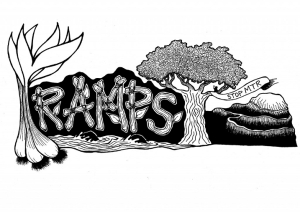Ever wondered what the hell we’re going to do to satisfy Americans’ outrageous demand for beef while avoiding environmental catastrophe? Well, I certainly have (even though I’m a vegetarian). Scientists have been grappling with this question for decades, researching a method to “grow” meat in a laboratory setting. This new form of meat, often called “shmeat,” is many scientists’ answer to the staggering environmental costs of beef production. According to an article on Grist, last week two people taste-tested the most expensive hamburger in the world made of shmeat, costing $332,000. The lengthy and costly process begins with bovine skeletal muscle stem cells and involves a careful “feeding” procedure over time. The article states that “a 2011 study in the peer-reviewed journal Environmental Science and Technology found that lab-grown beef would use 45 percent less energy, produce 96 percent fewer greenhouse gas emissions, and use 99 percent less land than conventionally produced meat.” Reading these figures alone would give one reason for optimism, right? Well, not so fast. Many professionals following the issue point to the sheer cost of lab-grown beef as its biggest downfall – and the reason it will likely not be on the shelves anytime soon. While some tout shmeat as the key to “feeding the world” in the midst of increasing environmental limitations, the Grist article argues that this “is probably overstating the case.” With environmental degradation and animal rights abuses at the forefront of concerns regarding cattle farming, the conversation about shmeat is probably not going away for a long time.
For me personally, this brings up the question of the role of technology in the world today. To some, lab-grown beef is a testament to the incredible nature of scientific innovation and the virtually limitless possibilities presented by technological advancements. To me, lab-grown beef is a step towards a scary, hyper-industrialized system. I don’t get particularly optimistic when I think about a world where our food is grown in test tubes. I also don’t get particularly optimistic, though, when I think about a world where billions of people starve while cows eat one third of US grain harvests, rivers get polluted with toxic chemicals, innocent animals are horrifyingly abused and commodified, and greenhouse gas emissions continue to climb. This issue speaks to the amazing complexity of current environmental challenges and their potential solutions.



